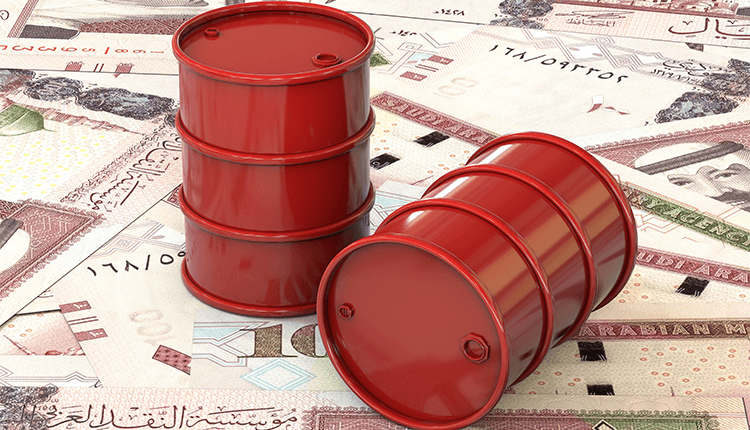Oil prices settled lower on Wednesday following a build in US crude supplies, but ongoing concerns over the Israel-Hamas war kept the declines in check.
Brent crude oil futures for July delivery dropped 0.44% to $82.79 per barrel, while the US West Texas Intermediate (WTI) crude futures expiring in the same month fell 0.42% to $77.73 per barrel.
A rising dollar also weighed prices after Federal Reserve officials moderated the possibility of interest rate cuts this year.
The two benchmarks have posted gains this week due to the recent escalation of geopolitical conflict in the Middle East.
Israeli military forces continued with their attack on Rafah on Tuesday, taking control of the Gazan city’s border crossing, which is a vital entryway for food, medicine, and other supplies for millions of people in Gaza.
The country’s latest strike against Hamas has added to the uncertainty over a ceasefire deal progressing and resulted in higher risk premiums in oil markets.
Less Tight Global Oil Markets Picture Becomes More Apparent
In a sign of continued weakness in oil demand, data from the American Petroleum Institute (API) showed on Tuesday that US crude inventories increased around 509,000 barrels for the week ending May 3.
The unexpected jump was significantly lower than the 4.9 million barrels logged the week prior, which presented global oil markets being less tight than initially anticipated.
The reading, however, was contrary to economists’ forecasts of a 1.4 million barrel drop.
Gasoline stocks also climbed 1.46 million barrels, while distillate inventories grew 1.7 million barrels. The surge came despite the summer season when the need and prices for gasoline in the US are likely to be at their peaks.
The API inventory report often represents similar data from the Energy Information Administration (EIA), which is set to be published later Wednesday.
The prospect of tighter oil markets worldwide has recently eased as the US, the world’s largest producer, observed a strong build in its supplies.
In February, the country’s oil and gas output recovered sharply, with the EIA reporting a 0.6 million barrels per day (bpd) rise in crude and condensates production. That compared with the fall of 0.7 million bpd in January.











